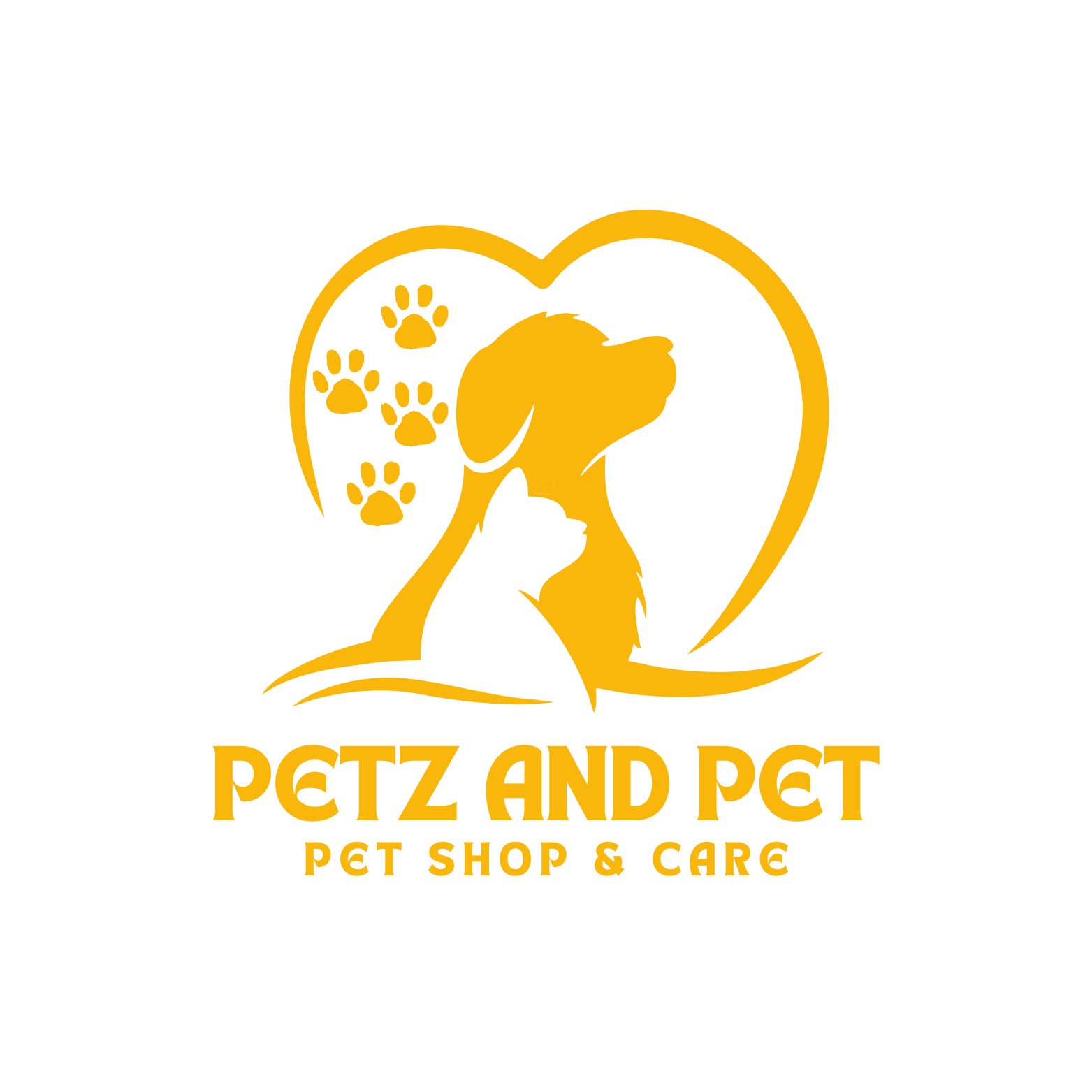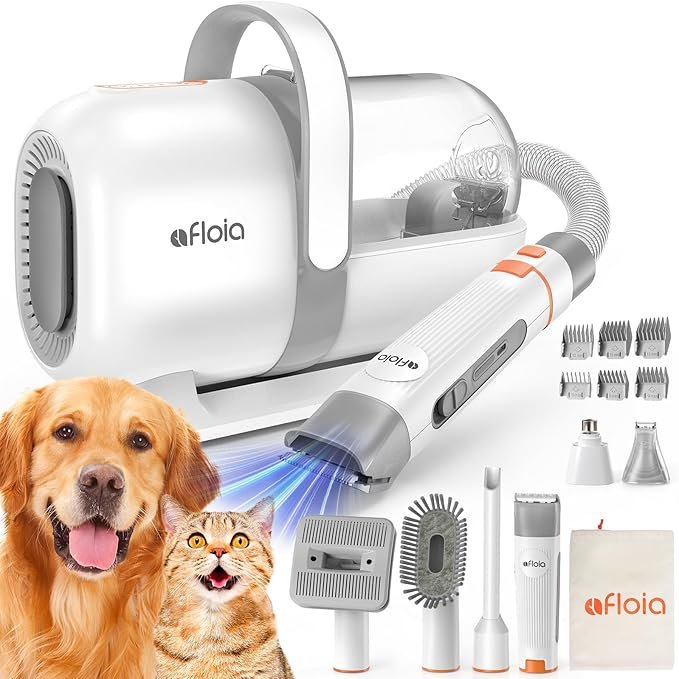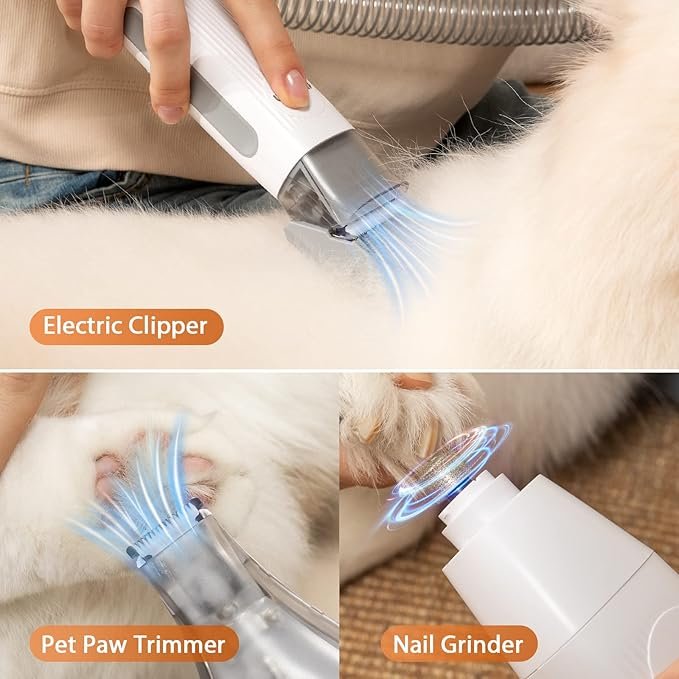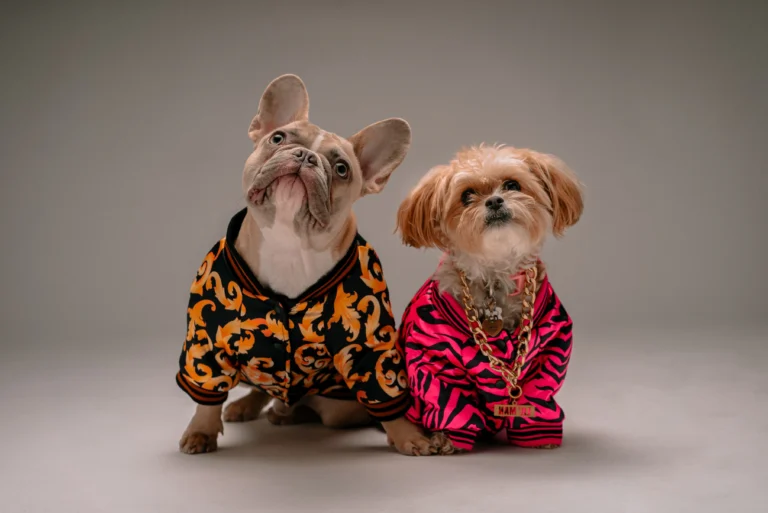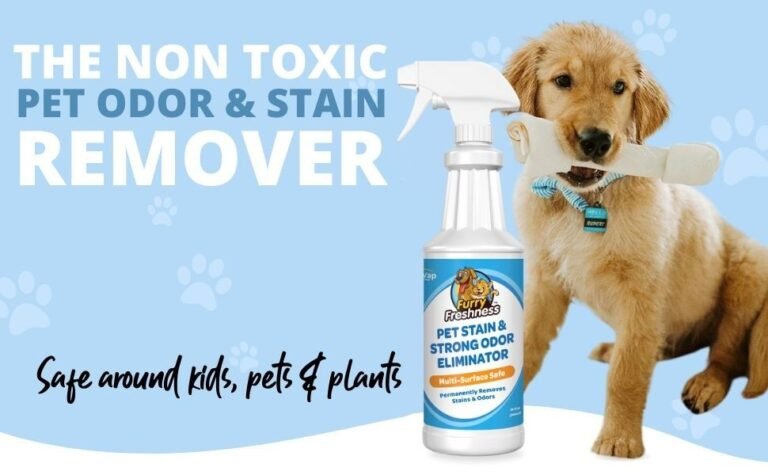Pet Safety and Accident Prevention
Pet Safety and Accident Prevention:
As a responsible pet owner, your animal friend’s safety and well-being should be your primary priority. Accidents can occur in the blink of an eye, therefore it’s critical to take proactive efforts to avoid them. Whether you have a dog, or any small animal, pet safety is critical for avoiding injuries, diseases, and even fatalities. In this comprehensive guide, we’ll look at the importance of pet safety, talk about how to avoid mishaps, and offer helpful advice on how to create a safe and happy environment for your pet. Pet Safety and Accident Prevention. By prioritizing pet safety, you can help guarantee your furry buddy enjoys a long, healthy, and happy life. 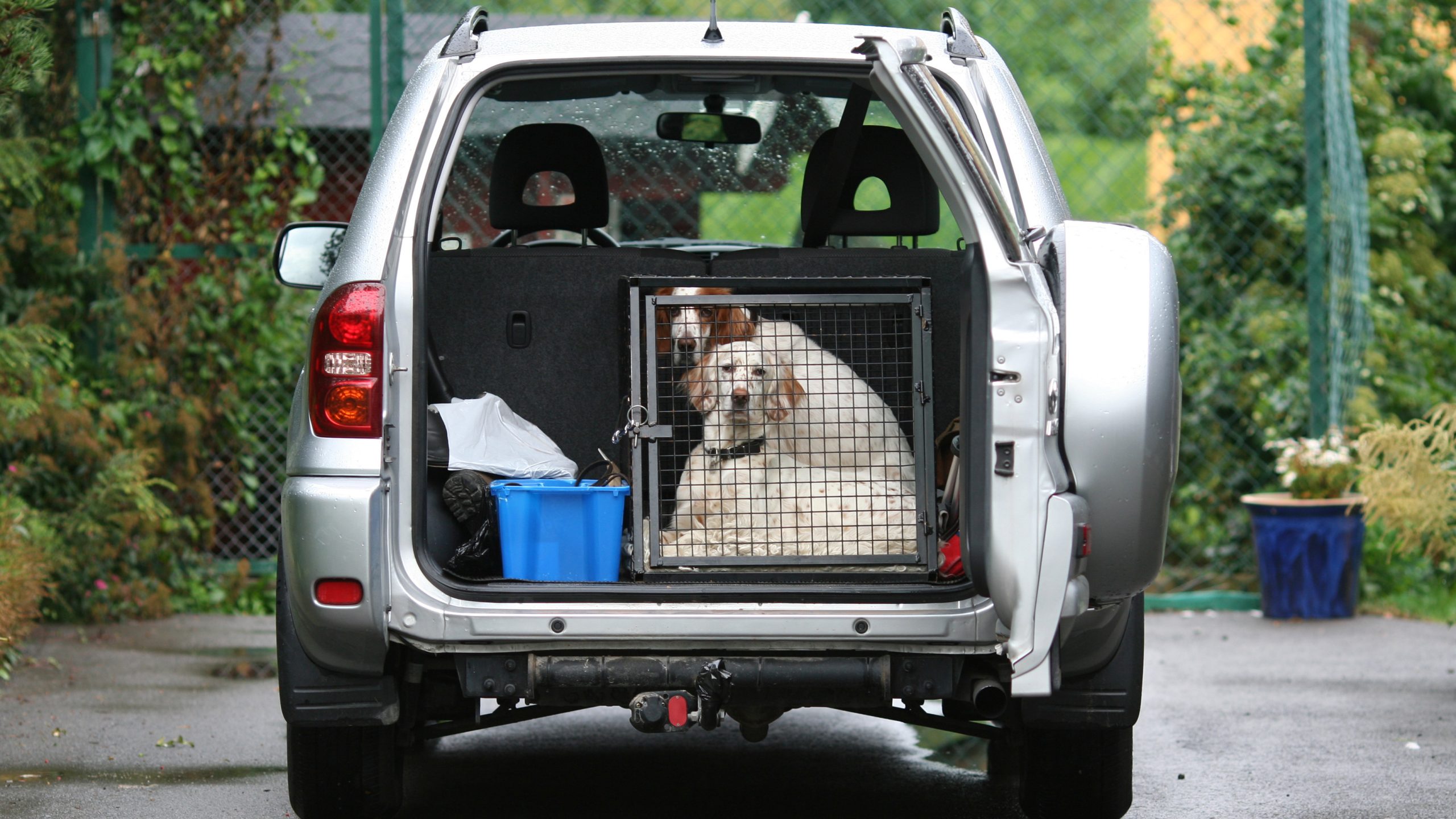
Pet Safety Measures for Animals.
Different animals have different safety needs, so adjust your strategy to your pet’s specific demands. Dogs, for example, require frequent exercise and training to avoid behavioral issues, whilst cats require scratching posts and safe storage for dangerous chemicals, Small animals, such as rabbits and guinea pigs, necessitate particular enclosures and equipment to avoid escape and injury. Understanding your pet’s individual safety needs can allow you to take actions to provide a safe and happy environment. This may entail providing a safe and comfortable enclosure, assuring access to fresh water and food, and providing routine veterinarian treatment.
What is Pet Prevention?
Pet prevention refers to the steps done to keep pets from getting into accidents, being injured, or getting sick. It entails being aware of potential hazards, taking precautions to mitigate risks, and providing a safe environment for your pet to thrive in. Pet prevention is not only responding to emergencies, but also being proactive in avoiding them from occurring in the first place. By taking a proactive approach, you may help reduce the chance of accidents, injuries, and illnesses, ensuring that your pet has a long and healthy life. This can involve regular veterinary examinations, keeping harmful substances out of reach, and providing a safe and happy living environment.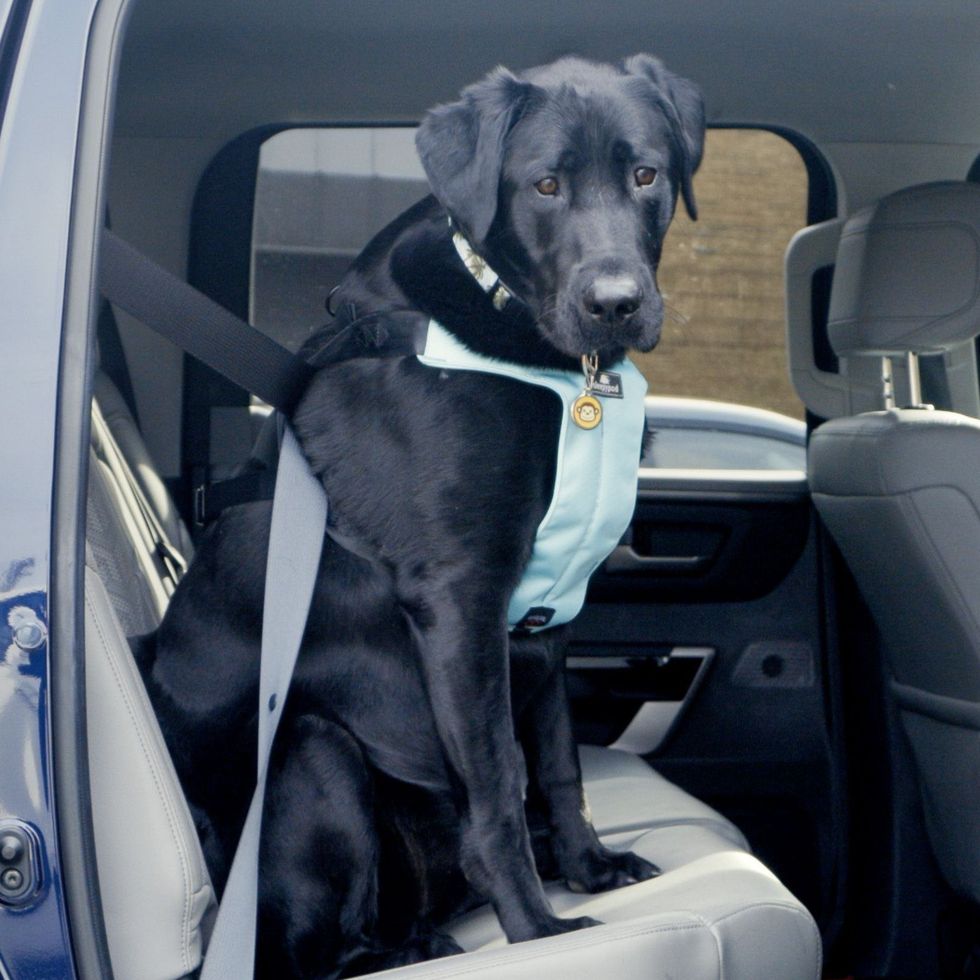
Dog Safety Products.
Dog Safety equipment can help prevent accidents and injuries while also giving dog owners piece of mind. Some important dog safety products include:
1. Harnesses: Prevents choking and improves control during walks.
2. Leashes: Keep your dog by your side, lowering the chance of escape or injury.
3. Crates: Provides a safe location for your dog to rest and relax, preventing destructive behavior.
4. ID Tags: Ensures your dog can be identified and returned if they escape.
5. Reflective Gear: Increases visibility during evening walks.
6. First Aid Kits: Provides important items in the event of an emergency. By using these dog safety devices, you can help reduce the likelihood of accidents and injuries while keeping your dog safe and happy.
What to Do if your Dog Snaps at your Child?
If your dog snaps at your youngster, stay calm and take appropriate action. First, separate the dog and child immediately to avoid future fighting. Next, examine the situation to see what caused the snapping. Was the dog feeling threatened, terrified, or protecting its resources? Once you’ve identified the root cause, you can take action to fix the problem. This could include seeking expert assistance from a dog trainer or behaviorist, applying training and behavior modification strategies, and teaching your child how to interact properly with the dog.
Dog Stances and Their Meaning.
Dogs communicate their emotions and intentions by adopting various positions. Understanding these stances can allow you to better engage with your dog and avoid disputes. Here are several typical dog positions and what they mean:
1. – Tail Tucked: Symbolizes fear, nervousness, or subordination.
2. – Growling: This indicates a warning or threat.
3. – Raised Hackles: This indicates enthusiasm, nervousness, or defensiveness.
4. -Stiffened Posture: Signifies vigilance, anxiousness, or hostility. Recognizing these positions allows you to better comprehend your dog’s emotional state and behave accordingly.
Preventing Future Incidents: A Proactive Approach.
Taking a proactive approach to preventing such incidents. To avoid repeat incidences, take a proactive approach to managing your dog’s behavior and providing a safe atmosphere for your family. This includes the following: – Supervise dog-child interactions – Provide regular training and socialization – Manage resources and reduce competition -Create a safe and comfortable living space – Stay informed about dog behavior and body language. By taking a proactive approach, you may lower the likelihood of future accidents and establish a pleasant and safe home environment for your family and pets.
Conclusion.
Pet safety and accident avoidance are essential components of proper pet ownership. Understanding the hazards and taking proactive efforts to mitigate them can help you provide a safe and happy environment for your pet. Remember that pet safety is a shared responsibility for pet owners, families, and communities. Working together can help us reduce the chance of accidents and injuries while also ensuring that our pets have long, healthy, and happy lives.
